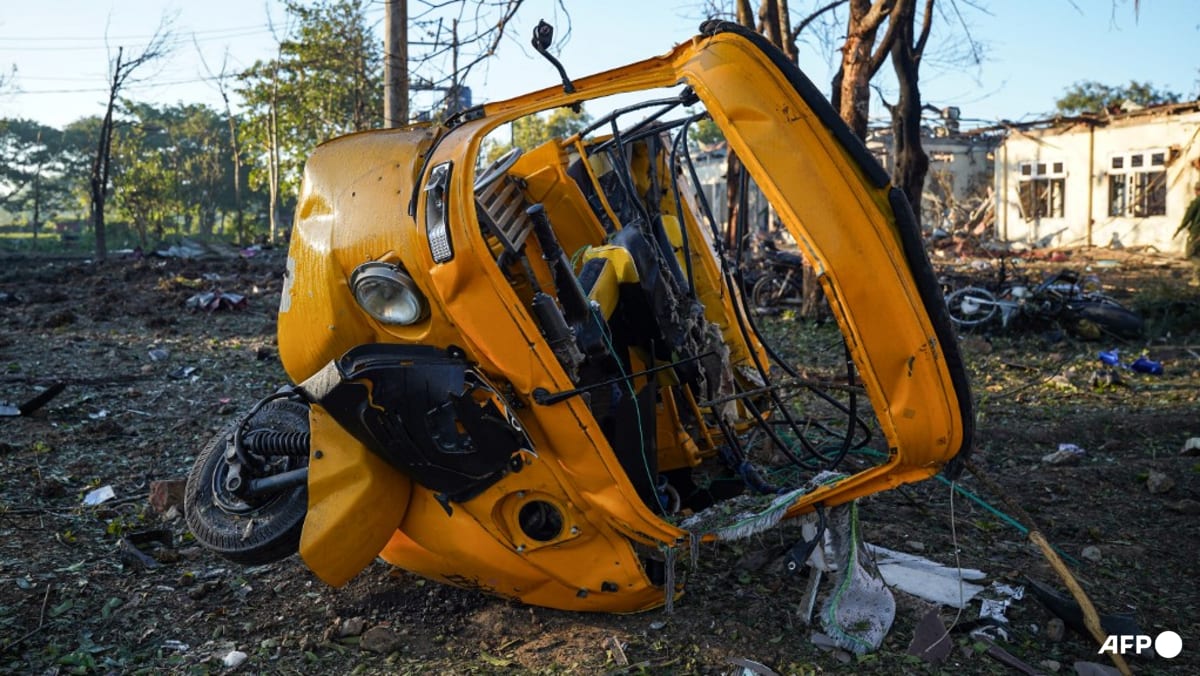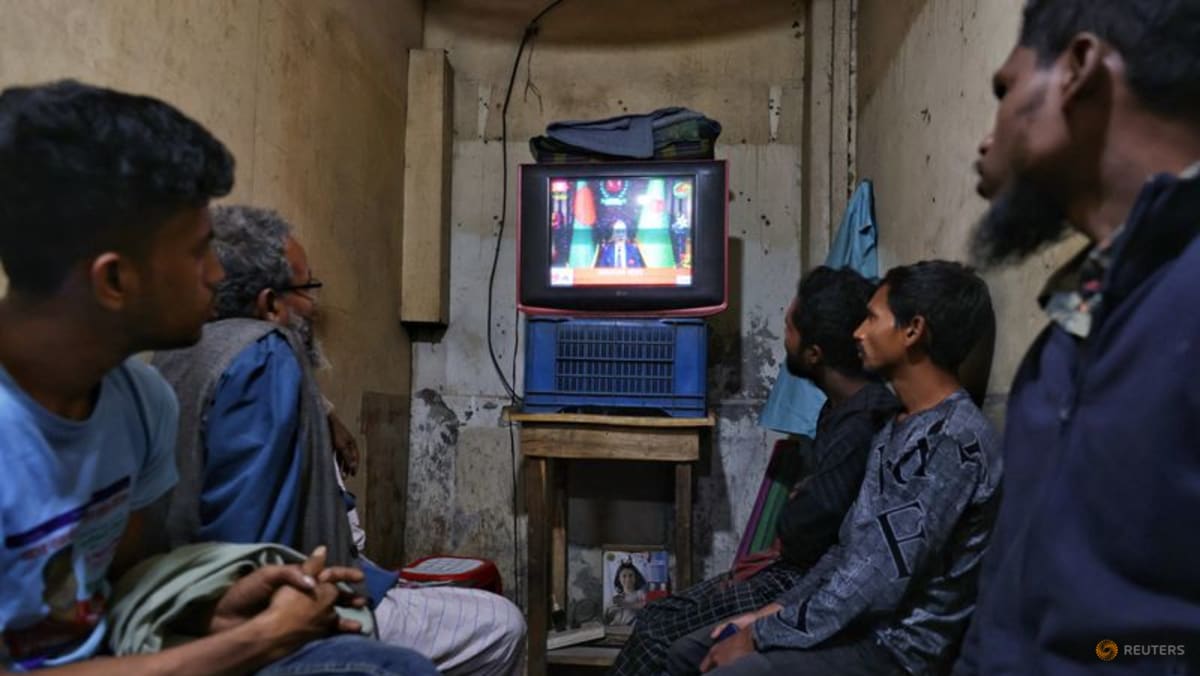Chinese city bucks birth rate decline as cash incentives bear fruit

The suite of incentives includes a 120,000 yuan coupon for the purchase of a home, a one-off cash payment of 3,000 yuan and a monthly subsidy of 1,000 yuan paid until the child turns three.
Xpeng founder He Xiaopeng announced the cash incentives in a video clip released on Chinese social media platform Weibo last week. The company employed over 13,000 people as of June, according to financial information terminal Wind.
Starting this year, he said, those having a third child will receive a 30,000 yuan reward, and the amount will increase for the fourth or fifth.
“We did so because we want our employees to have more kids. I think the company ought to take care of the money, so employees can have children.”
While many local governments have rolled out incentives to stimulate births and more employers are offering their own forms of financial support, few have yielded tangible results.
In 2023, just more than nine million babies were born nationwide, the lowest level since record-keeping began in 1949. The low figure meant the country suffered a second annual fall in its total population.
But “Tianmen’s case proves that cash incentives are making a difference”, said He Yafu, an independent demographer.
“If childbearing subsidies have no effect, it is because they are too small and need to be increased,” he wrote on WeChat on Monday.
Data on changes to the national population in 2024 is expected to be released later this week. Demographers are expecting a moderate uptick in newborns in 2024, partly credited to the influence of last year’s zodiac sign – the Year of the Dragon, traditionally favoured as an auspicious time for births – reversing eight consecutive years of decline.
Last month, several hospitals in Guangdong province reported surges in childbirth for 2024. One facility said on Dec 25 that more than 10,000 babies had been born there since the start of 2024, a jump of more than 23 per cent from the year before.
This article was first published on SCMP.
Source: CNA















